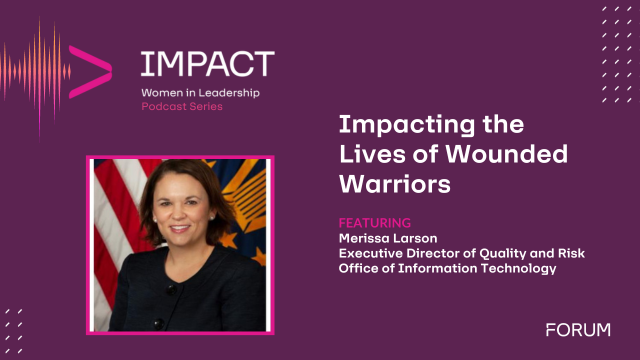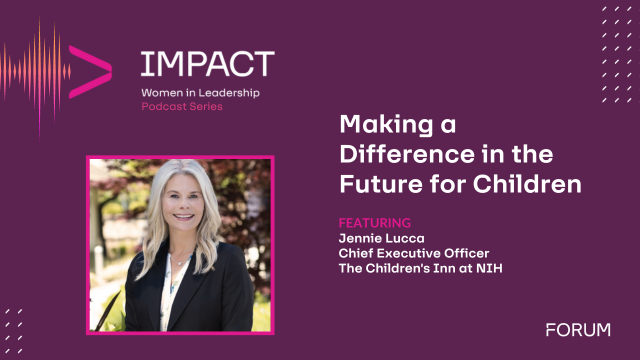By Bo Dagnall, Health Informaticist, HP Account Chief Technologist for Veterans Affairs
Driven by the Meaningful Use program, 98% of all hospitals now have an electronic health record (EHR) system.1
With the investment in EHR Modernization by the Veterans Health Administration (VHA) and the Department of Defense (DoD), two of the largest healthcare providers in the country are now beginning monumental journeys to modernize their EHR platforms. Their objectives are similar: improve patient care and operational efficiency through digitization of patient health records, teambased care, workflow automation, clinical decision support and data analytics, while reducing costs. Now that the VHA VistA Evolution and the DoD Defense Healthcare Management Systems Modernization programs have begun, it is time to imagine what’s possible beyond a modern EHR for federal healthcare IT.
One of the things a modern EHR does not necessarily address is patient-based situational awareness. A modern EHR collects and uses clinical data about a patient’s health and the care provided to that patient in a care facility. An episode of care typically starts by documenting the chief complaint and any additional relevant historical information previously captured or provided by the patient. Often missing is critical information about what else happened when the medical event took place. Diagnostic accuracy and effective treatment will improve by knowing what the patient was doing when the medical event took place, what the patient’s actual physiological condition was, what the patient was exposed to and what the patient did and felt before and after the incident occurred.
The ability to perceive what is happening, to understand the implications of what happened and then to extrapolate what may happen in the future is powerful. In healthcare, this kind of situational awareness is now possible with location- and condition-based data available through sensor technologies (part of the “Internet of Things” (IoT)) integrated with modern EHRs and non-traditional health data sources such as patient-generated data and social media. Combining this information with advanced analytics and a mobile feedback mechanism that informs and intervenes in real-time creates a Real-Time Health System (RTHS). With an RTHS, healthcare workers can track and monitor a patient’s key health indicators and vital signs, behaviors and patterns, exposures and incidents, lifestyle indicators and chronic disease characteristics when they are at home, “out and about” (e.g., at work, running errands, exercising, etc.), or receiving treatment in a care facility (Figure 1).
HP is exploring the benefits and challenges of building an RTHS that enhances agency EHR modernization investments. Specifically, we are putting together solutions that converge sensor-based information (i.e., location and proximity information for people, providers, assets and resources, and data generated from medical devices, bedside monitors, home-health biometrics, wearable products and video surveillance) with digital records from EHR systems, patient-generated data, public health information and social media trends and indicators.

Recently, HP developed a proof of concept to track the spread of a fictitious disease across a participating population. We used IoT and mobile technology to track person-to-person encounters (some potentially infectious), participant exposures to infected areas, utilization of hand-washing stations (to prevent further spread) and visits to medical recovery centers (to simulate health recovery). By integrating sensor-based data with a simulated EHR system, we were able to apply a notional disease model and real-time analytics to a converged set of data to calculate how a person’s encounters and exposures impact their health status. We provided real-time feedback to participants of their exposures and health status changes via a mobile app. At a central analytics dashboard, participants received a complete history of their health with correlations to encounters, exposures and their simulated clinical and demographic data, as well as population statistics, trends, correlations and time-lapse views of the disease spread across the population.
This proof of concept demonstrated the business value of accessing all relevant patient data in real time.2
Many additional use cases apply in healthcare, such as:
- U.S. Food and Drug Administration and Centers for Disease Control and Prevention using shared situational awareness to identify an E. coli food contamination before it becomes an outbreak.
- Identifying every room, piece of equipment, patient and staff member that came into contact with a newly identified MRSA patient.
- Tracking military member exposure to a hazardous agent, and correlating that with other service members with similar medical histories.
- Identifying military members who may become injured or acquire a disease due to fatigue, lack of sleep, dehydration or other physiological conditions. (DoD example: “theater mobile computing applications that will report injuries sustained on the battlefield through automated alerts to medical staff.”) 3
1 http://dashboard.healthit.gov/quickstats/quickstats.php, accessed September 2015
2 Video: https://youtu.be/rT6Rhkouep0
3 http://health.mil/News/Articles/2015/06/29/DHA-Health-IT-uses-the-Internet-of-Things-to-monitor-health-improvereadiness, accessed September 2015












